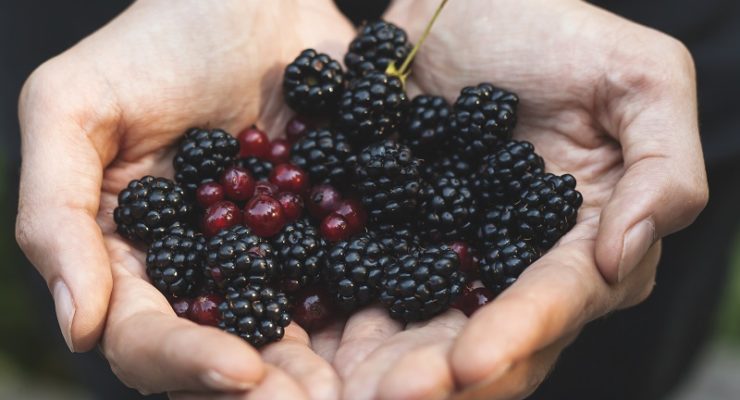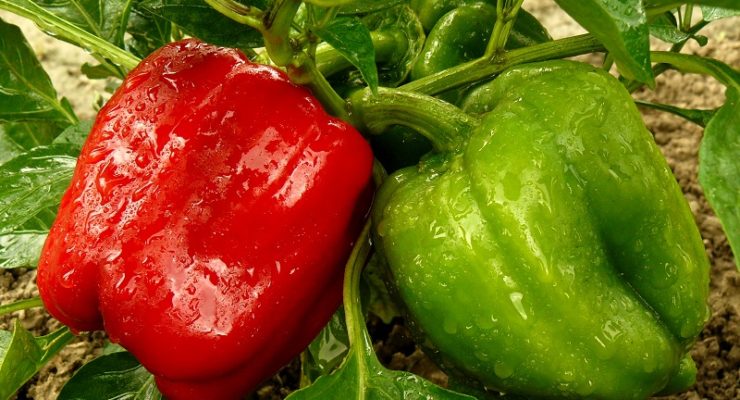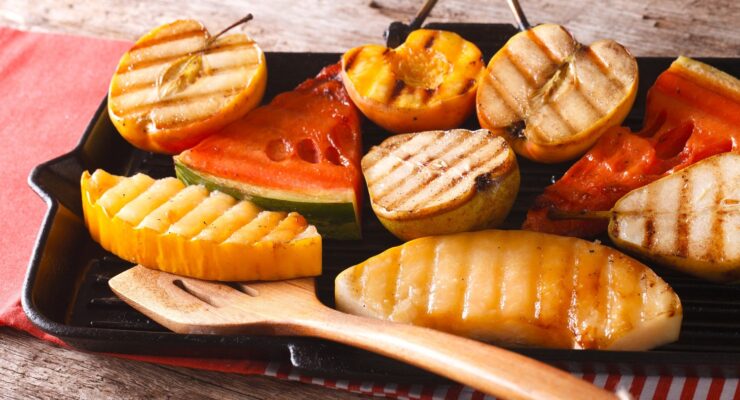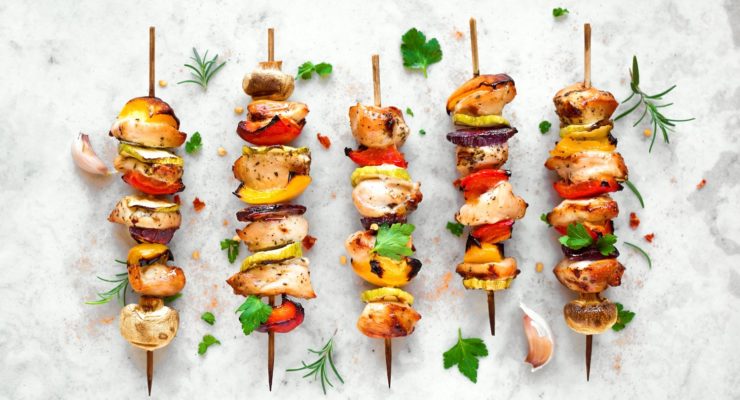Gardening with Scott: 8 Easy Herbs to Harvest
Article posted in: Lifestyle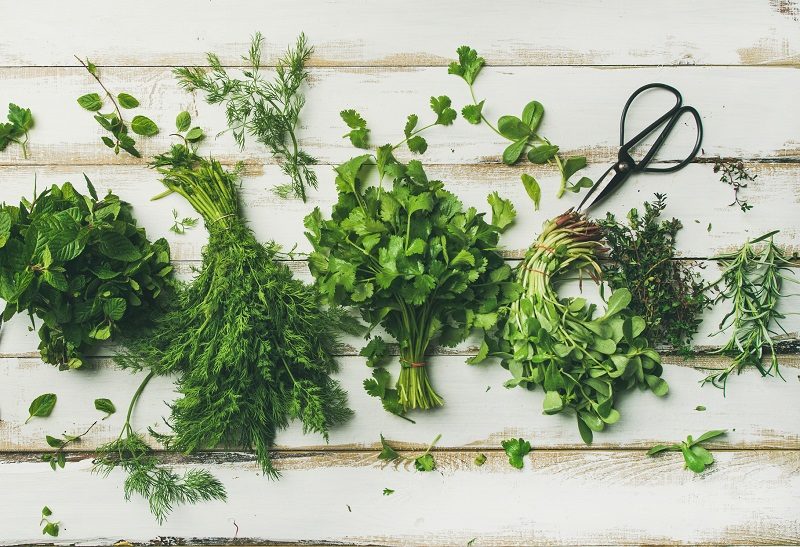
Herbs let you instantly add garden-fresh taste to any meal. They’re loaded with appetizing flavors and aromas, yet they have almost no calories. That’s why herbs are “Free” food on the Nutrisystem Grocery Guide—you can enjoy them whenever you want while staying on track to your weight loss goals. Just a few herb leaves can pump up the flavor of your Nutrisystem meals and homemade dishes.
You get the best taste from the freshest herbs, and they can’t be fresher than when you cut them moments before eating them. Herbs are simple to grow in a garden or containers, and they produce flavorful new leaves for months. While some can be started from seeds, potted seedlings from the nursery or home center are the most reliable way to plant herbs. They need only a few hours of sun each day during the growing season and soil that is never soggy. All you need to do is water herbs when the soil is dry and snip them when you want to eat them.
These eight herbs give you a wide range of tastes to spark your favorite meals, and they’re almost guaranteed to succeed in your garden—no green thumb necessary:
1. Basil

Planting: Basil is cold sensitive, so plant it outside in spring when nighttime temperatures stay above 55 degrees F.
Care: Start to trim a few leaves off basil plants when they have more than a dozen or so. Regular cutting encourages the plant to grow bushier, so you get even more basil to eat.
2. Chives

Plant: Chives are perennial, meaning they grow back every year after you plant them. If you know someone who has a patch, just ask for a small clump—that’s all you need to get started. You can plant chives any time the soil can be dug.
Care: In spring, chives bloom with frilly purple flowers that have a light oniony taste you might enjoy in a salad. Cut back the top of chives as often as you want and new growth will replace it in a couple weeks.
3. Cilantro

Plant: Cilantro thrives in cool temperatures so it can go in the ground or outside in a pot in early spring. If you want a crop of cilantro for fresh salsa when tomatoes and peppers ripen later in the season, plant the herb in midsummer.
Care: In hot weather, cilantro’s tasty leaves begin to taste bitter and seeds start to form. Give cilantro a little shade (especially in the afternoon) to help it last into summer.
4. Dill

Plant: Dill’s ferny leaves start growing as soon as overnight temperatures are above 50 degrees F, and they keep on unfurling when the daytime highs are above 85 degrees F. It’s the easiest herb to start from seeds, and you can sow them several times during the growing season to keep the harvest coming into fall.
Care: Trim back the leaves every week, and the plants will grow bushier and give you more to enjoy. Let it continue growing after flowers appear, and the seeds they form will drop on the ground and start a new crop for you next season.
5. Mint

Plant: You can choose from many flavor variations, including peppermint, spearmint, pineapple mint and chocolate mint (yes, it smells and tastes a bit like chocolate!). All mints are perennial, so you can plant them anytime and they come back every year.
Care: The only trouble with mint is that it can spread rapidly in just a few seasons. If you want to keep it in a limited area, grow it in a pot.
6. Parsley

Plant: Flat-leaved parsley tends to have the best taste, while curly-leaved types are milder flavored. Parsley can go outside as soon as the ground can be dug and it keeps producing fresh leaves until late summer. Plant it in midsummer for a fall harvest.
Care: Snip the interior leaves of parsley and leave the outside branches to continue gathering sunlight and producing new inner growth.
7. Oregano

Plant: You need just a small clump to start a patch of oregano. Look for the driest, sunniest spot for it—those conditions bring out the strongest flavors in the tiny leaves and stems.
Care: A close cousin of mint, oregano also spreads when given the space. Keep it contained or be prepared to cut it back every spring.
8. Rosemary

Plant: In places where winters are mild, rosemary grows year-round and can become a shrub that reaches up to six feet tall and wide. Where temperatures drop below freezing winter, rosemary is an annual, meaning you have to start with new plants every spring.
Care: Prune off at least a few stems weekly to encourage the growth of tender new leaves, which have the best flavor.

